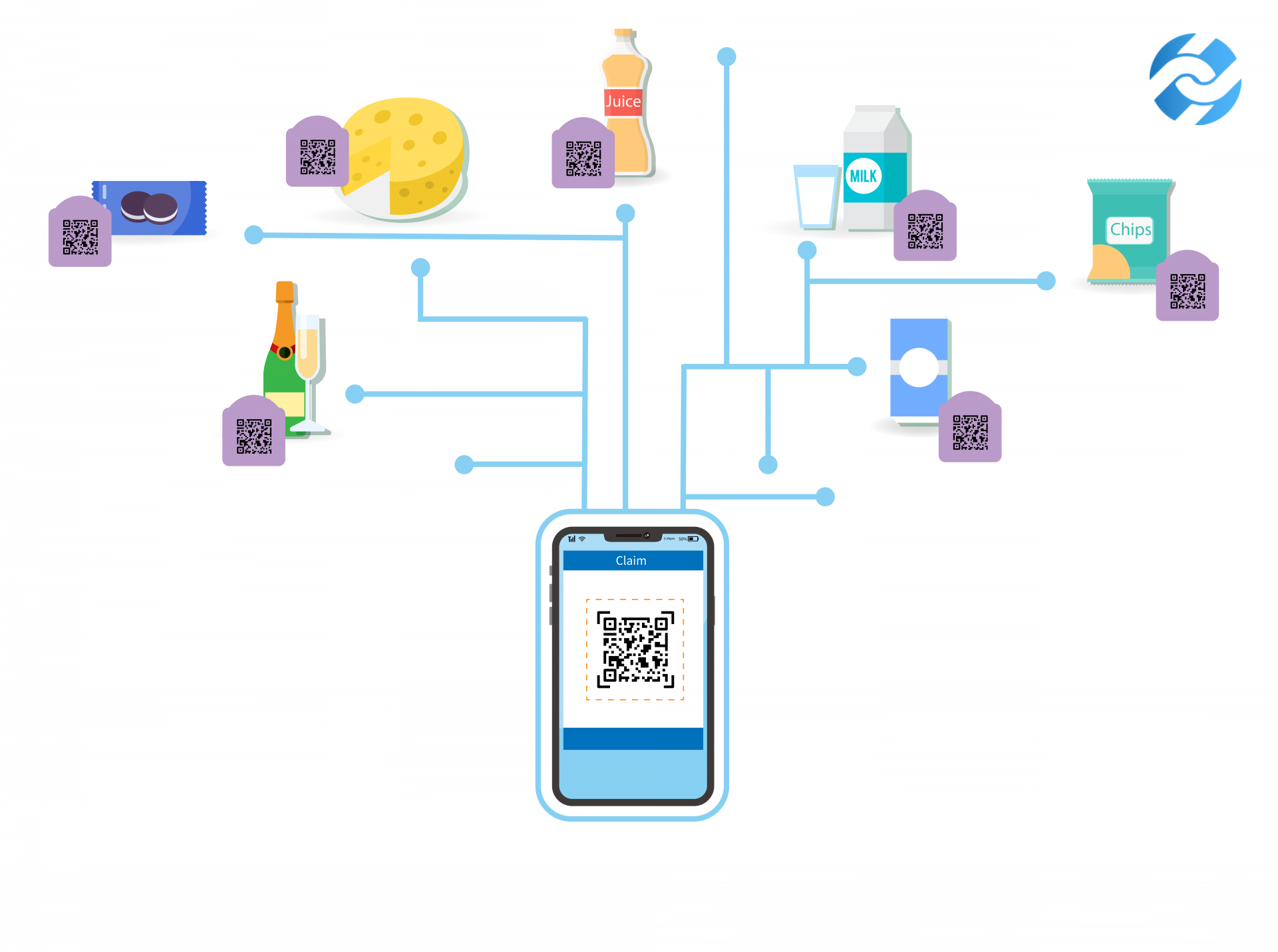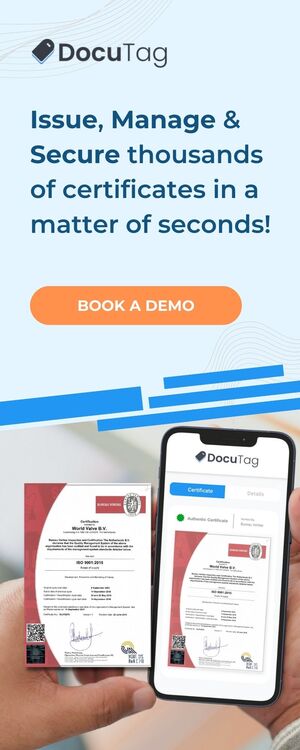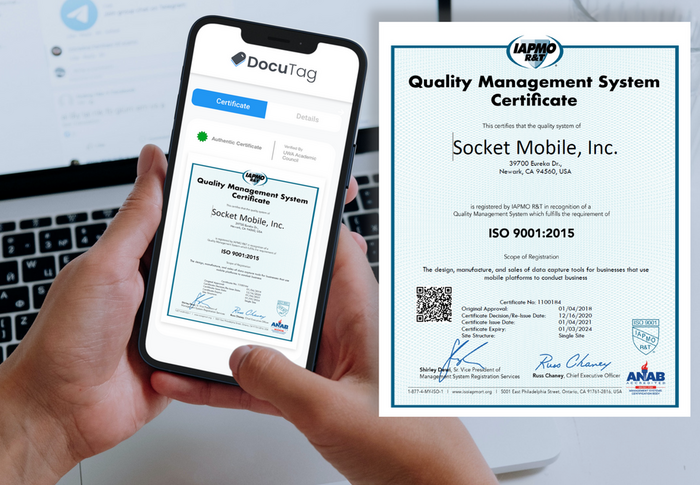Fast Moving Consumer Goods (FMCG): Traceability and Transparency — Is Blockchain the Silver Bullet?
Before We Start
If you have not read our article on why we use NEM blockchain, please do so. There are several key points that distinguish NEM from other blockchain platforms. To avoid any confusion, I would suggest taking a look at this article before you start reading about the blockchain and Fast Moving Consumer Goods (FMCG) sector.
The definition of a blockchain and what it can do is vast and is out of the scope of this article. In this article, we will treat NEM blockchain as a drop-in replacement for a database.
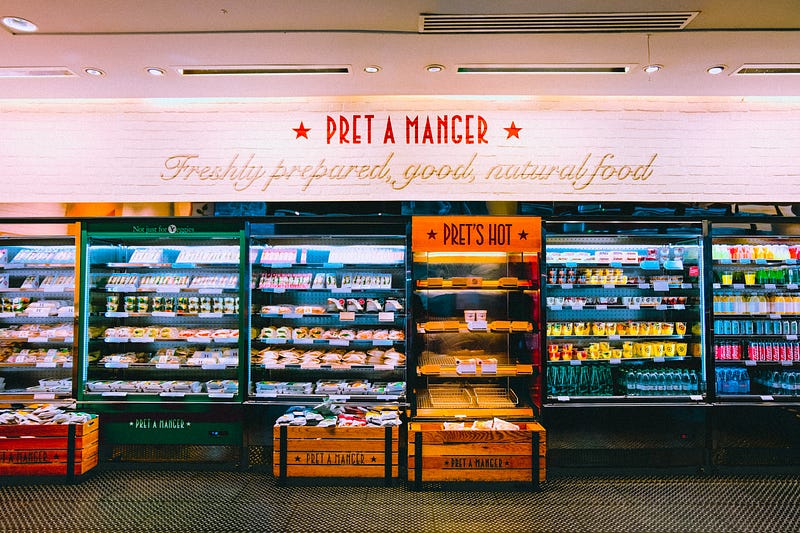
Background
In this article, we will look at a token FMCG company, K company, which we’ll call Kco.
Kco produces hundreds of bottles of drinks across multiple locations. Each bottling facility is selected to be located as close as possible to their end customers, as Kco believes in reducing their carbon footprint. Kco prints a label for each bottle with a SKU number, expiry date, and batch number.
Kco experiences a number of pain points in their distributions and retail system:
- From the SKU number, it is not possible to tell from which bottling plant the product came from.
- Kco struggles to determine where each bottle from their bottling plants end up. Each distributor has some guidelines on regions of distribution. However, the guidelines are hard to enforce and region stealing is common among distributors.
- When a product has an issue, Kco has to determine if the product is genuine, then where the product came from. After spending days gathering documents from retail stores and distributors, Kco is finally able to conduct an investigation. In the meantime, Kco is forced to pull every single product they have on the shelf and halt production.
- Kco has tried to use unique barcodes for their products before but found that counterfeiters are able to duplicate the barcode and pass counterfeit goods as genuine.
Traceability
With NEM, each individual bottle is represented as a blockchain account. Any information such as product SKU, manufacture date, or even nutritional content are attached to the asset account and stored on the blockchain.
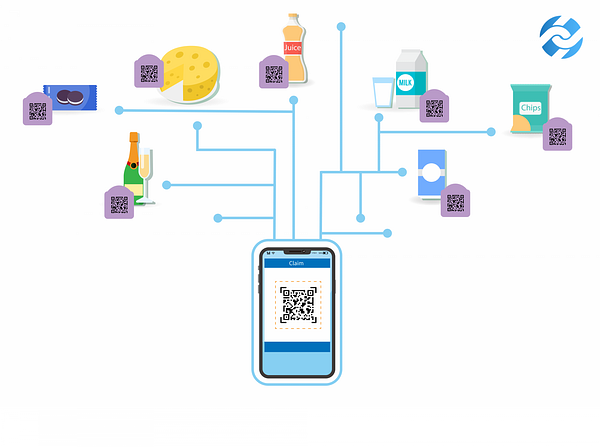
A simple scan of the QR code printed on the bottle would be able to show you detailed specifications of the drink, where it was produced, and which distribution line it passed through. Building on a private blockchain such as NEM, we are able to control which information is publicly available and which are not.
By using uniquely generated accounts, we use a fundamental feature in the blockchain to increase transparency and traceability in the supply chain from manufacturing to retail.
Transparency
When a user scans a Kco bottle, that user will claim ownership of the bottle on the blockchain. This data is aggregated and made available to Kco from our LuxTag® manufacturer’s dashboard. Using this data, Kco is able to trace where each bottle ends up, enabling Kco to identify leaks in their distribution network.
Product Recalls
A user can scan the product to get up-to-date information from the blockchain. If the product was contaminated, Kco can update the status of the product on the blockchain quickly and securely. Any message on the blockchain can be verified to come from Kco.
In this case, it was a faulty refrigeration system in one warehouse. From there, we can flag any product that passed through the warehouse throughout the period that the system was faulty. Within a few seconds of identifying the fault, this information can be passed back directly to the customers who have already scanned the product and to the retailer to pull the affected products off the shelves.
Upon receiving the notification, the retailer is able to take off affected items by scanning the QR code. With integration to the point of sale (POS), any customer would get an instant feedback at the POS that the product has been marked as unsafe. The entire situation is rectified within seconds of the item being flagged as faulty.
This is a safe and cost-effective method for Kco to rectify the situation.
Countering Counterfeiters
What happens if someone decides to duplicate QR codes from Kco’s bottles? To do this, we need to assess the cost to profit ratio for the counterfeiter.
At LuxTag, any item being that is scanned through our system will be assigned a risk factor score. Anti-counterfeit measures for a luxury one-of-a-kind watch would be very different from anti-counterfeiting measures for a Kco bottle. Also, we need to consider the lifespan of a watch compared to the Kco drink. All these are taken into account when assigning the risk factor.
We apply big data analytics to determine if the scan is fraudulent. Hence even if the QR code is valid, we flag it as high risk on the Kco dashboard, providing Kco a new tool to fight against counterfeiters. Since each item is uniquely identifiable, we can provide very granular controls to Kco to track leakages in their distribution system.
®“LuxTag”, Trademark registered.

